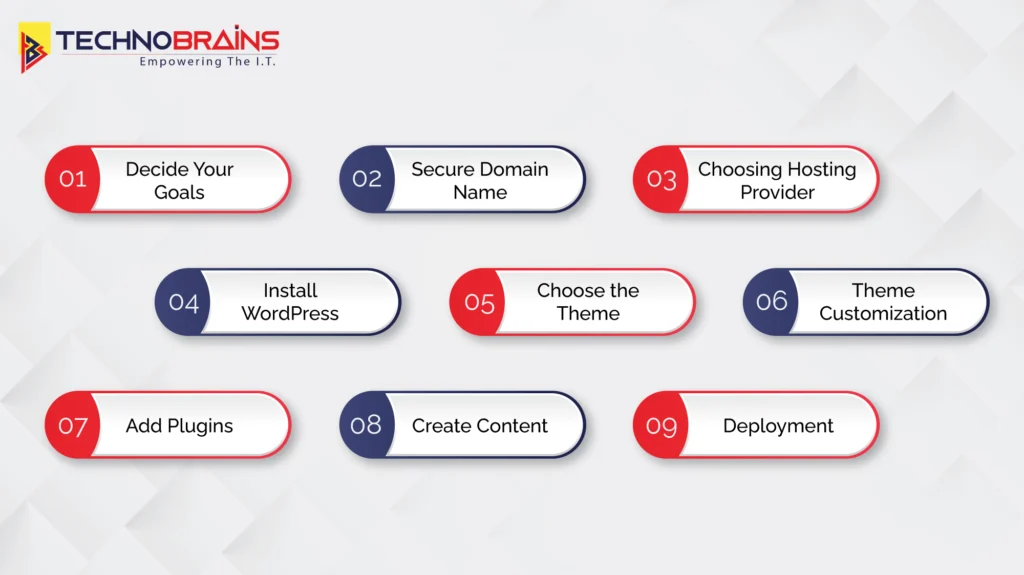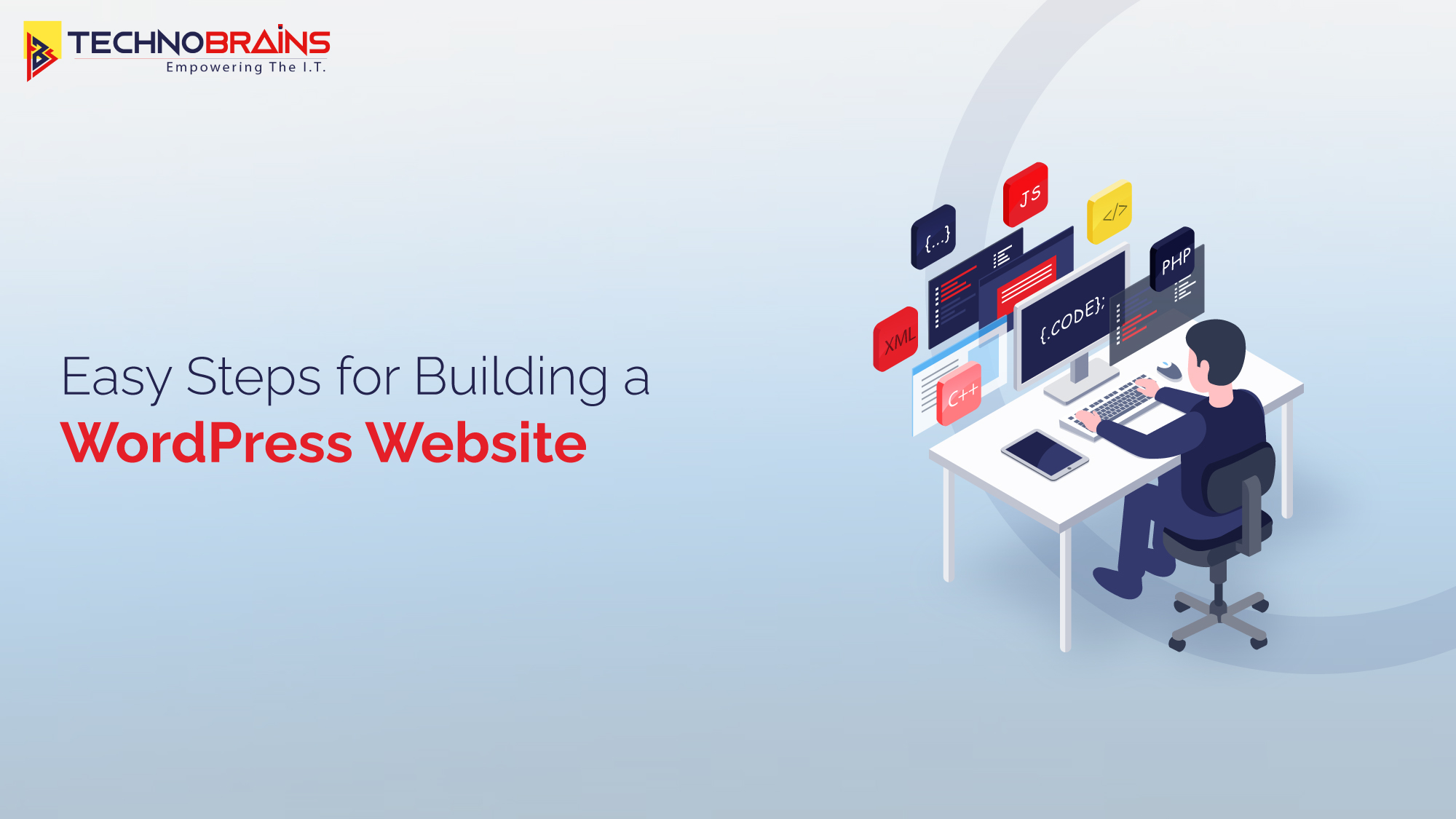As time goes on, building a website is becoming increasingly vital, be it for personal or professional use. Websites serve as digital representations that provide global exposure, allowing everyone—from individual bloggers to major corporations—to showcase their service, brand, and/or expertise.
Despite the many benefits it can generate, a lot of individuals are sometimes put off building a website. That’s because they assume it would necessitate a significant amount of time and work.
However, things haven’t exactly been the same since conventional times, when expertise in web design and extensive coding was required.
Thanks to the many platforms that enable rapid yet easy website development, any individual, with or without technical expertise, is now able to create a website. Of course, when we think of website development, WordPress is likely to be the first name that springs to mind for website creation, which is not really surprising given that it already powers 43.2% of all live websites on the Internet.
The numbers leave no room for doubt—WordPress is the go-to platform for creating any type of website. Anyone can easily setting up a WordPress website. In this article, we will guide you how to design a WordPress website from scratch.
How to Build a WordPress Website?

If you are interested in setting up a WordPress site, just go through the instructions outlined below to design a website on WordPress:
Step 1: Be Clear About Your Goals
Everything we aim to do in life is meant to fulfill a purpose or, ultimately, is the means to an end. Just like in life, before you embark on your WordPress website development endeavor, you ought to be very clear about your goals and objectives. Attempt to answer the following questions to gauge those:
- Why are you building a website?
- What features and functionalities will your website need?
- What market niche are you aiming for?
- How will you measure your success?
Knowing the answer to these questions will help you decide the site’s direction and purpose more confidently. There’s no need to rush this phase. The clearer the goals, the more clearly you can focus on the future rather than grappling with unplanned consequences.
Step 2: Get a Domain Name
Your domain name is how people will find your website on the web—the name that distinguishes your brand and shapes your online presence. This decision must be made sensibly. Make sure the name is easy to remember, short, unique, and relevant to your niche. After deciding on one, check its availability and get it registered with a domain registrar of your choosing to lock in the decision.
Step 3: Choose Your Hosting Service Provider
The next crucial step involves selecting the right and most suitable hosting service provider. Web hosting is basically renting out a space for your website along with the relevant files and data on the Internet.
But before you start out looking for a suitable host for your site, it’s imperative that you first understand the many web hosting types available. Once you’ve finished the research, you can begin exploring options for a reputable hosting provider. Remember to look for a provider that guarantees high uptime, fast loading times, great scalability, robust security measures, and holds a solid reputation for providing excellent customer service.
Step 4: Install WordPress
Having secured your online space, this step is all about installing WordPress (or, to put it simply, integrating it with the hosting provider). Don’t worry if it sounds like a hard step. It isn’t.
You can install and set up your WordPress software with just a couple of clicks. Most hosting providers, like Bluehost or SiteGround, aim to make the integration quick and seamless, often facilitating WordPress software installation with a single click. If you choose a dedicated hosting provider, you might have to complete the setup yourself. In reality, it takes very little time, and you’ll be done with the process in the span of minutes. No matter what, you’ll quickly get WordPress set up and be ready to start building your own site.
Step 5: Choosing a Right WordPress Theme
So far, you’ve established the foundation for the actual website design and development. Now, you need to choose a WordPress theme that fits your brand. There are thousands of free and paid themes to look through and select.
When perusing the extensive WordPress library, don’t feel overwhelmed by the sheer number of options available. Instead, recall the primary purpose of your website and pick and download a WordPress theme that aligns with your goals and can capture the attention of the intended consumer base.
Read Also, Building and Hosting WordPress Websites on Amazon Web Services
Step 6: Customize Your Theme
After installing the theme, personalize it to match your aesthetic with the WordPress Customizer. This built-in tool lets you tweak your theme’s appearance to fit your brand and style. Easily customize colors, fonts, layouts, and other visual elements to tailor the look and feel. The best part? You don’t need coding knowledge to utilize it! This means you can truly create a unique WordPress theme that helps set your brand apart from the competition.
Step 7: Add Functionality with Plugins
WordPress plugins are powerful add-ons that improve your site’s functionality. These plugins allow you to add novel capabilities, augment existing functions, and further customize your website to make it exclusively relevant to your brand and market niche. Plugins offer a diverse range of functionalities, including contact forms, photo galleries, and security features. With thousands of free and premium WordPress plugins, you can find virtually any plugin to cater to your requirements.
Step 8: Create Content
There you have it—a fully functional, visually appealing website set up and ready to drive success. But before deploying it and making the website available to your audience, it’s time to start creating some content. This can include everything, from adding new service pages and digital content like images, videos, or audio to curating niche-specific blog posts.
It’s important to ensure the content is well-written, original, and valuable to rank your website higher on SERPs, attract and engage visitors, and achieve all your business goals.
Step 9: Deployment
This step marks the transition from development to live production, where your WordPress website will become accessible to your audience base. In the deployment phase, you’ll have to move all the files and data from the development environment to the live server.
Before deployment, though, make sure of your website’s functionality, responsiveness, and compatibility through testing. Ensure you have the site backed up as a good measure. Once your website is ready, deploy it to make it available to users.
Wrapping Up
Although it might come across as daunting, creating a website isn’t nearly as hard as it may seem at first glance. With a little effort on your part, you too can realize your idea and construct the website of your dreams with WordPress’s numerous capabilities and this detailed guide.
If you require additional guidance on how to set up a WordPress website, you might want to consider partnering with a client-focused, quality WordPress development company like TechnoBrains. Wishing you success as you build your website!
Still stuck with questions? Don’t hesitate to get in touch with us to discuss your requirements.








